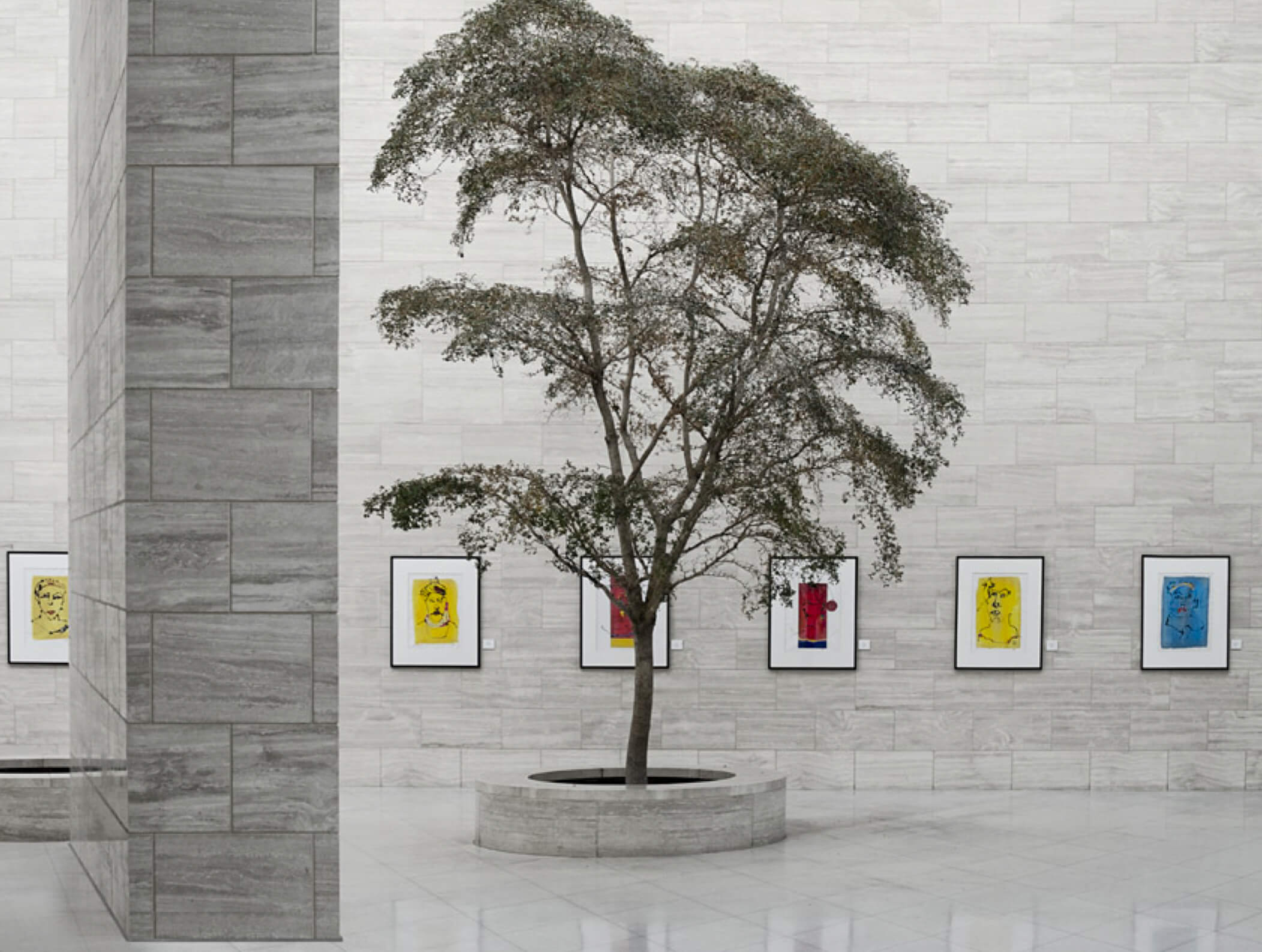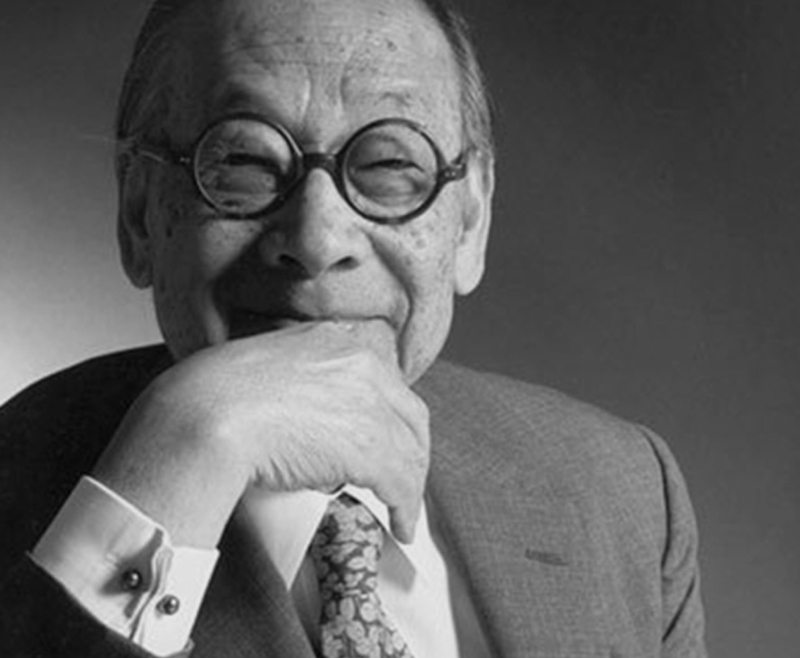Success is a collection of problems solved.
I.M. Pei

The Buck was a pioneer in research on aging, and now we’re a global leader in the field. Opened in 1999, we are the world’s only research institution singularly focused on the biology of aging, yielding insights into age-related diseases before they start. We hire scientists from a variety of disciplines to attack the problem from all sides because the answers we’re after won’t come from a single field. To enhance our process, we worked with world-renowned architect I.M. Pei to create a campus that literally would not allow our researchers to work in silos.
The Buck derives its name from Beryl Hamilton Buck, a philanthropist who lived in Ross, California. When Mrs. Buck died in 1975, she left most of her estate to the San Francisco Foundation with instructions to spend the money for charitable purposes, prominently including “to extend help towards the problems of the aged” in Marin County.
A decade of litigation — at times called the “Super Bowl of Probate” and the “Battle of the Bequest” — ensued, with parties attempting to break the Marin-only restriction of the trust.
While the case was still making its way through the courts, eminent Harvard gerontologist John W. Rowe was enlisted to convene a panel of experts to create a plan for a “preeminent research institute in aging.” The court ultimately appointed the Marin Community Foundation as the successor trustee to the San Francisco Foundation and instructed it to provide the Institute with 15 percent of the net income from the Buck estate in perpetuity. When the Buck Institute opened its doors in 1999, it became the first research center in the country to fulfill the challenge of a 1991 National Academy of Medicine report that called for the establishment of at least 10 centers of excellence focused exclusively on research on aging.
World-renowned architect I.M. Pei was so interested in the mission of the Institute that he unexpectedly responded to a request to submit a proposal to create the campus. He designed a unique, inspirational space that fosters creative interaction among our scientists and harmonizes with the beautiful Marin County landscape.
Visitors have an opportunity to appreciate Pei’s trademark use of varied geometric elements and floating staircases.
The Institute’s atrium is accentuated by a 75-foot-high skylight similar to the Louvre Museum’s pyramid in Paris, which is another of Pei’s designs.
The building’s structure is concrete and steel-framed. About 50,000 blocks of imported travertine limestone were used to clad the exterior walls of the Institute and line the atrium space. Many areas have floor-to-ceiling windows that offer sweeping vistas of the surrounding hillside, which the Institute shares with wild turkeys, deer, and many other critters.


I.M. Pei
